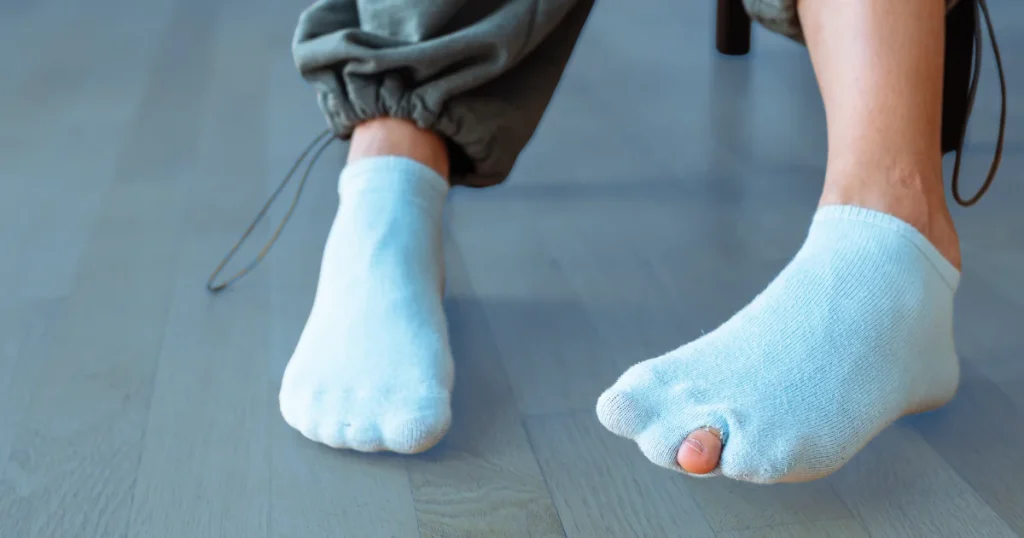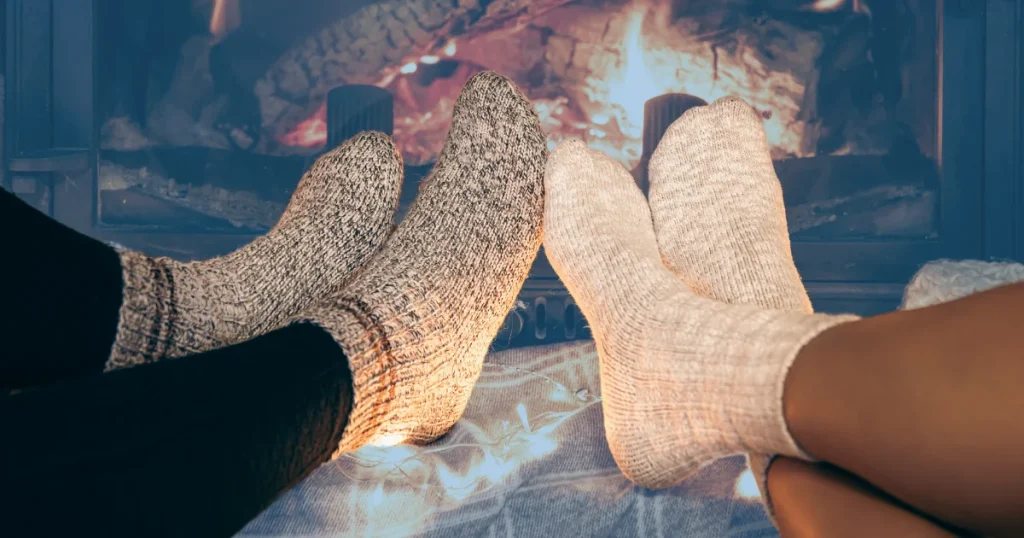If you’ve ever found yourself wondering, “Why do I get holes in my socks?” you’re not alone. Holes in socks are a common problem, but understanding why they happen and how to prevent them can save you a lot of frustration. In this comprehensive guide, we’ll explore the causes of sock holes, ways to prevent them, and tips on how to make your socks last longer.
Why Do Socks Get Holes?
One of the most common reasons socks get holes is simple wear and tear. Over time, the constant friction between your foot and the sock, as well as between the sock and your shoe, can cause the fibers to break down, leading to holes. Another significant factor is the quality of materials. Socks made from low-quality materials are more prone to developing holes. Cotton socks, for instance, are comfortable but tend to wear out faster than synthetic blends like polyester or nylon, which are more durable.
- Improper fit: Wearing socks that are too tight stretches the fibers, making them more susceptible to damage, while loose socks can bunch up and create friction points that lead to wear.
- Rough surfaces: Walking on rough surfaces without shoes or in shoes with worn-out insoles can accelerate the wear on your socks, leading to holes, especially in the toes and heels.
- Frequent washing: Washing socks frequently, especially in hot water, can weaken the fibers, making them more prone to holes. Using harsh detergents or bleach can also contribute to this problem.

Understanding why socks get holes involves looking at both the materials and the conditions they are subjected to. Socks are typically made from fibers that can break down over time, especially when exposed to friction, stretching, and washing. Natural fibers like cotton and wool can break down more quickly than synthetic fibers. Moisture, such as sweat, can weaken fibers and increase the likelihood of holes. Shoes with rough interiors or poor fit can also increase friction and wear on your socks.
How to Prevent Holes in Socks
Preventing holes in socks requires a combination of choosing the right socks, taking care of them properly, and being mindful of how you wear them. Investing in high-quality socks made from durable materials can significantly reduce the likelihood of holes. Look for socks made from a blend of synthetic fibers, such as nylon or polyester, which tend to be more durable than pure cotton.
- Proper fit: Ensure your socks fit properly. They should be snug but not too tight, and they should stay in place without bunching up.
- Proper washing: Wash your socks in cold water and avoid using bleach or harsh detergents. Turn them inside out before washing to reduce pilling and fiber wear. Consider using a mesh laundry bag to protect them during the wash cycle.
- Avoid rough surfaces: Avoid walking on rough surfaces without shoes. If you need to walk around the house, consider wearing slippers or socks with reinforced soles.
- Rotate socks: Rotating your socks regularly to give them time to recover between wears can help extend their lifespan and reduce the frequency of holes.
Common Reasons for Holes in Socks

Holes in socks can often be traced back to specific causes. Toe holes are caused by pressure and friction from your toes, especially if your toenails are not trimmed properly. Heel holes are often due to the repetitive motion of walking and running. Sole holes result from walking on hard or rough surfaces. Understanding these common reasons can help you take preventative measures to avoid them.
How to Fix Holes in Socks
Fixing holes in socks can extend their life and save you money. Methods include darning, which involves using a needle and thread to weave new fabric over the hole; patching, which involves sewing a small piece of fabric over the hole; and using fabric glue to seal small holes. These simple techniques can give your socks a new lease on life.
Best Socks to Avoid Holes
Choosing the right socks can help you avoid holes. Look for socks with reinforced areas, especially the heels and toes, as these tend to wear out the fastest. Synthetic blends, such as those made from nylon or polyester, are generally more durable than natural fibers. Socks with seamless construction are less likely to have weak points that develop into holes.
Common Reasons for Holes in Socks
Understanding the common reasons for holes in socks can help you take preventative measures. Toe holes are caused by toenail pressure and friction, heel holes result from repetitive walking or running motions, and sole holes are due to walking on rough surfaces. By addressing these issues, you can reduce the occurrence of holes in your socks.
Conclusion
Understanding why you get holes in your socks and how to prevent them can save you time, money, and frustration. By choosing high-quality socks, ensuring a proper fit, and taking care of them properly, you can significantly extend the life of your socks. Remember to trim your toenails, avoid walking on rough surfaces without shoes, and wash your socks carefully. With these tips, you can enjoy longer-lasting socks and fewer holes.

For insights on why socks develop holes quickly, visit Quora to read people’s opinions.
If you want to buy socks at the lowest prices in Sri Lanka, Chaddi is the place to shop. Purchase innerwear for your entire family, available in a variety of styles, colors, sizes, and brands.
Enjoy free delivery on orders over Rs. 2500.

